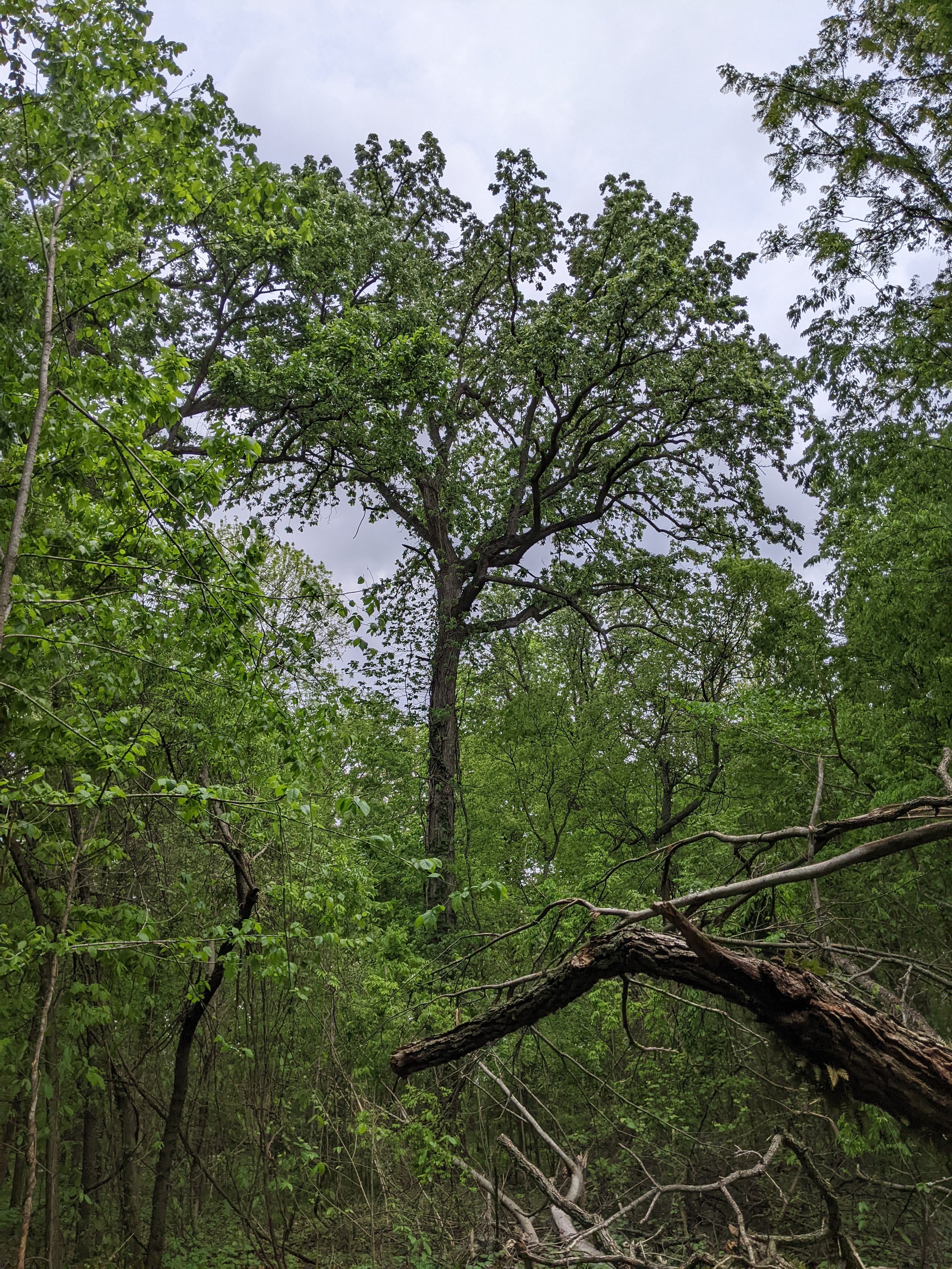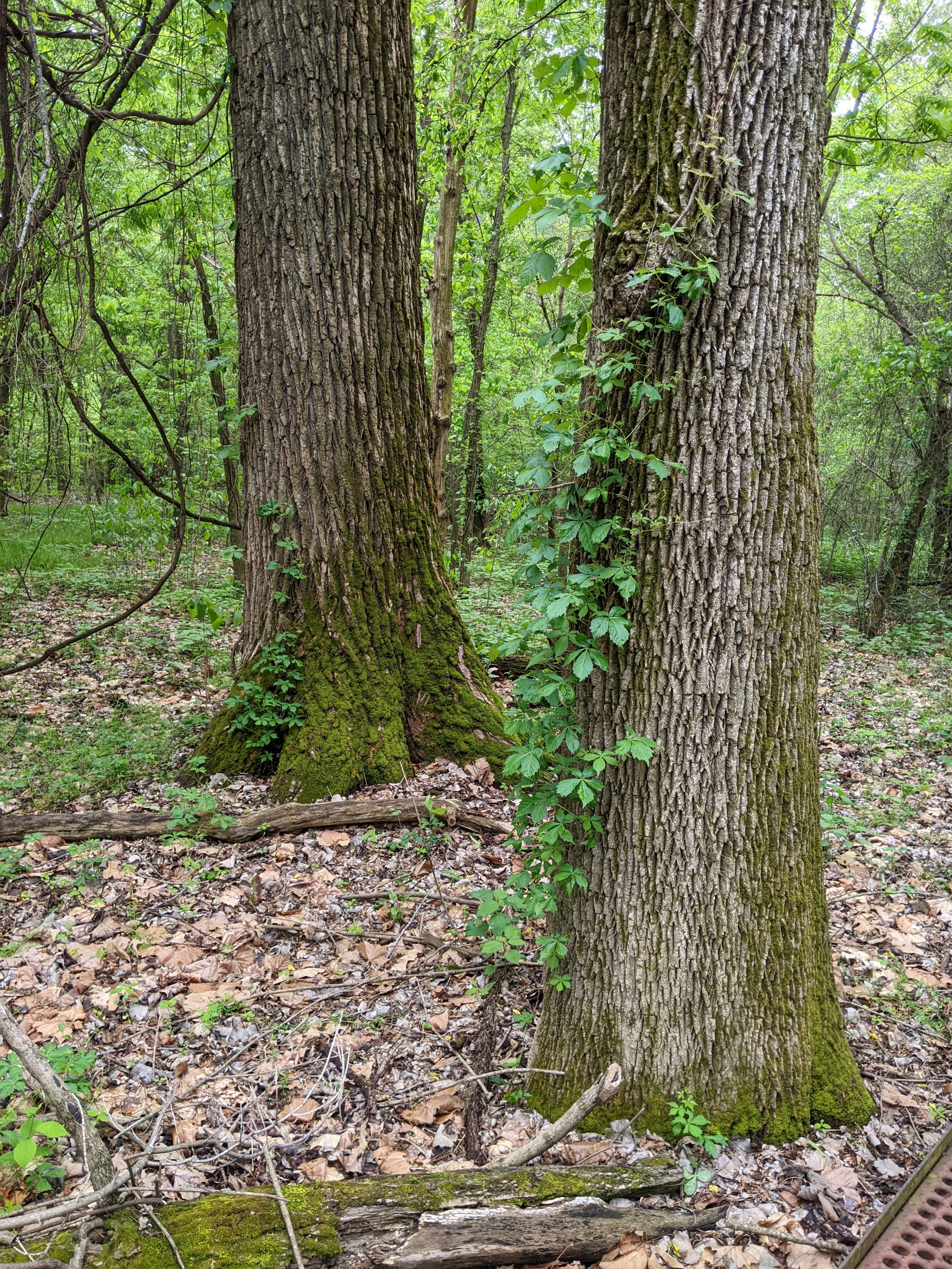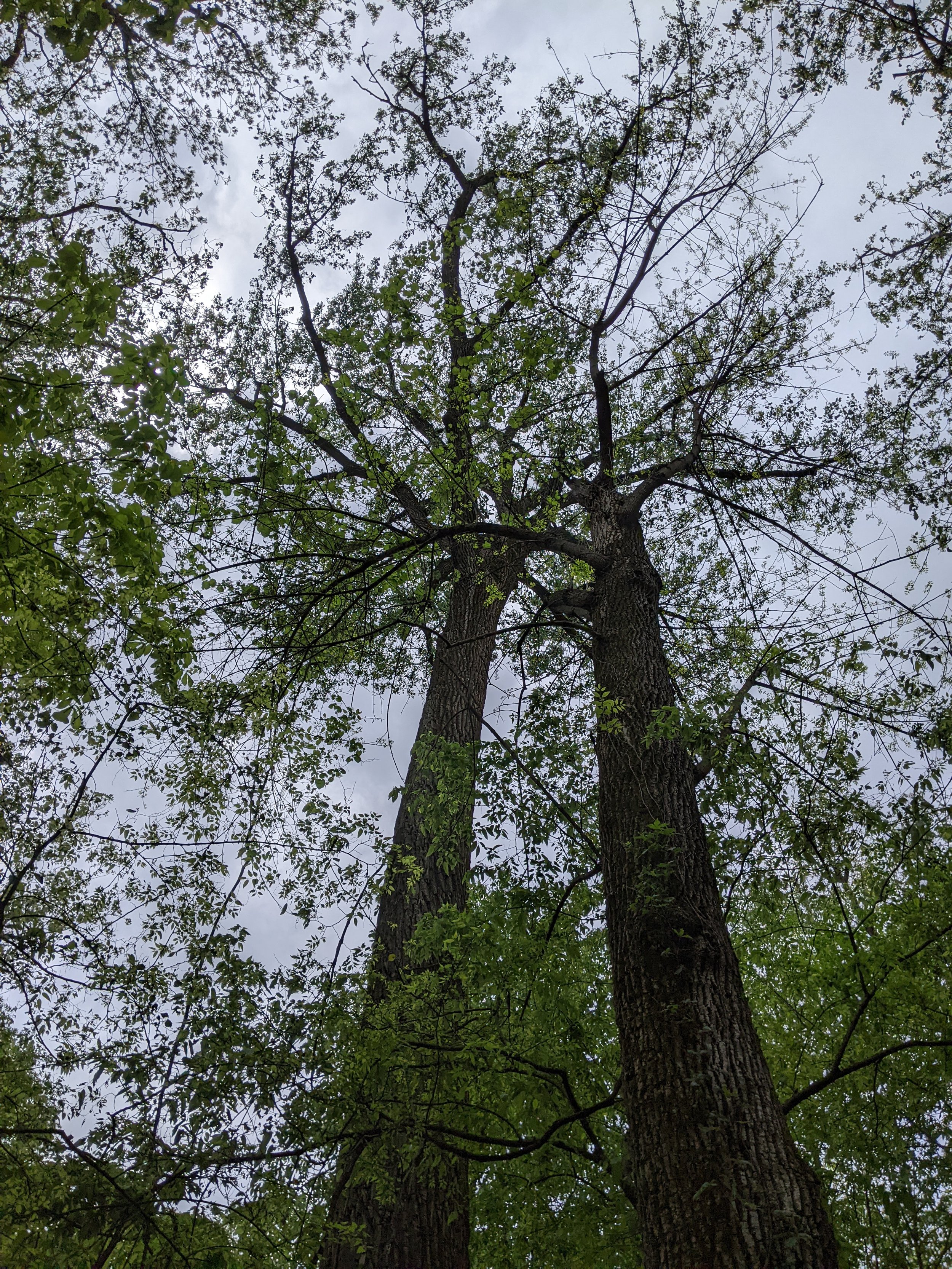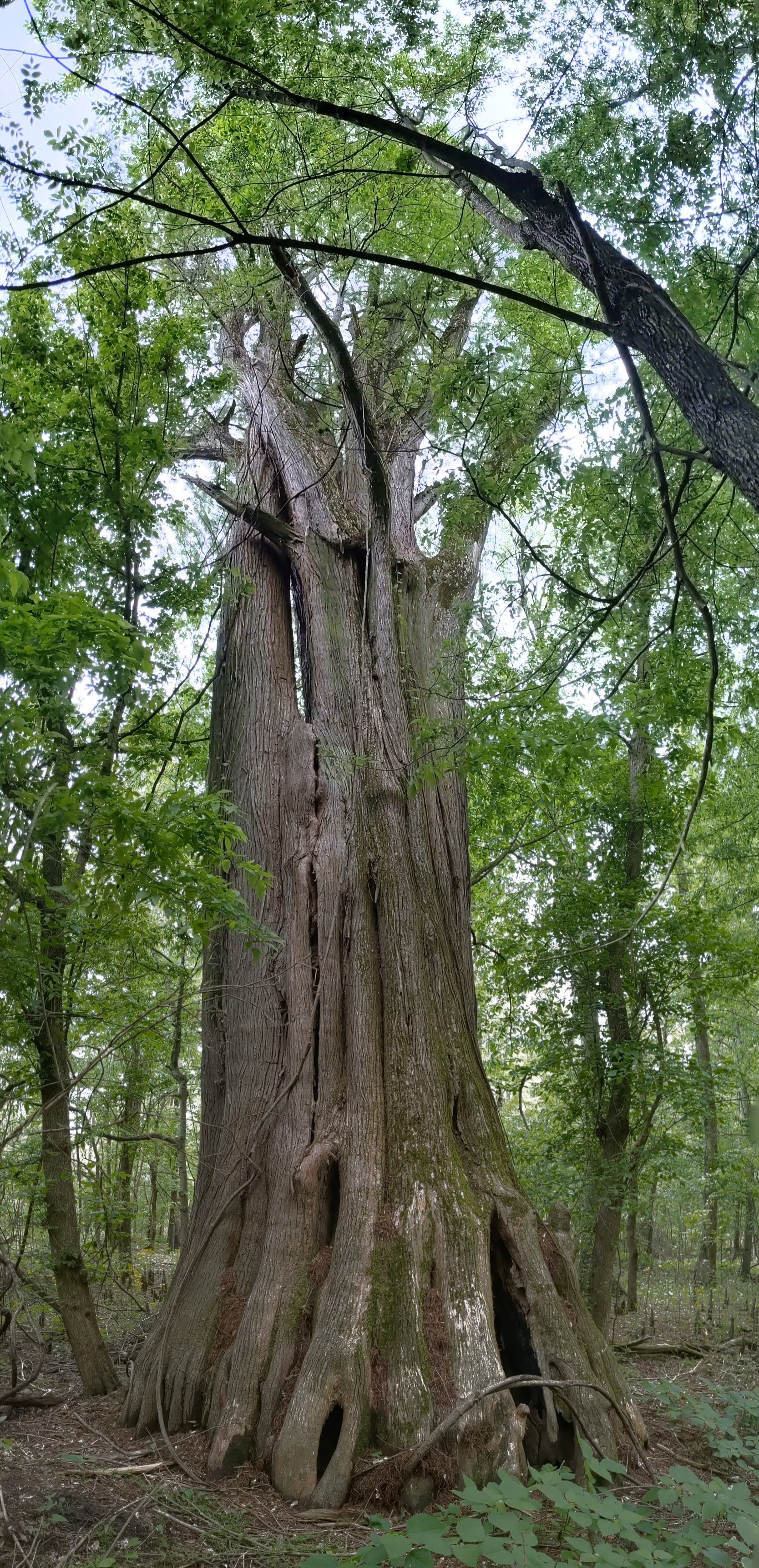Big Oak Tree State Park
Early explorers to the "Bootheel" region of southeast Missouri discovered a unique landscape where the Ozark hills dropped off abruptly into flat flood plains covered with giant trees. The forest trees that took root here grew to enormous proportions in the fertile earth. Today, nature-seekers to "swampeast" Missouri will find a forested island, known as Big Oak Tree State Park, in the midst of a vast agricultural area. The park features the state park system's only cypress swamp.
The big oak tree that the citizens fought to save was located in an 80-acre tract of virgin bottomland hardwood forest, which is now designated as a National Natural Landmark. It stood its ground there for nearly 400 years before dying in 1952 and was cut down. Today, trees in the park are unsurpassed in the state for their size, with a canopy averaging 120 feet and with several trees more than 130 feet tall. Two trees qualify as state champions in their species. Ninety percent of the park is designated as a Missouri natural area because of its rarity and value in preserving this significant representation of Missouri's natural heritage.
In addition to the towering hickories and majestic oaks, the rich soils provide habitat for green ash, eastern cottonwood, American elm, black willow, persimmon, baldcypress and patches of giant cane. An undergrowth of woody vines, such as poison ivy, Virginia creeper, wild grape and peppervine, covers much of the area. The park protects 12 species of rare plants and animals, 250 kinds of plants and 25 mammal, 31 reptile and seven amphibian species.
A boardwalk winds its way through the park past some of the park's largest trees. A walk on the boardwalk also gives visitors a chance to view many common mammals, such as deer, raccoons, squirrels and opossums that call the park home, along with the rare swamp rabbit. Amid the lofty trees live more than 150 species of birds, giving the park a national reputation among bird watchers. Several of the birds are considered rare in the state, including the prothonotary warbler, cerulean warbler, red-shouldered hawk, Mississippi kite and fish crow.





View All Network Forests in the State of Missouri
View All Network Forests in the U.S.
View All Forest Designations

